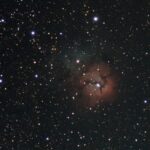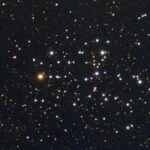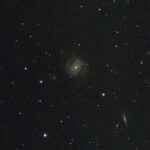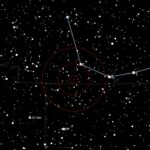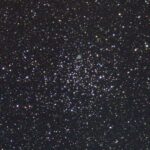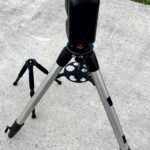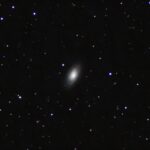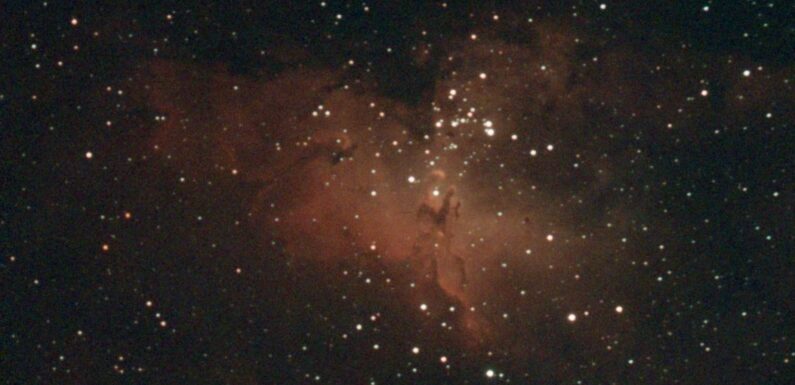
Nice mostly clear night, but a very bright Moon. Just a few high thin clouds here and there. Temperatures were mild, in the upper 60s, with a slight breeze. Since tomorrow is a holiday stayed up a little late and had a great time capturing light. Not only was I running the SeeStar S50 for EAA, I also had the SV503 102ED set up capturing some light from T CrB and M64. The SeeStar gave some great views of a galaxy, a cool little open cluster, and a few neat nebula favorites.
The images from this EAA session were captured using the SeeStar S50 set up on a CG5 tripod. Live stack integrations are from 10-30 minutes with no post processing or enhancements performed on the captured images outside of contrast, brightness, and saturation adjustments in the live stack. The images were saved just as observed on the iPad screen in the SeeStar app. Images were cropped for size/area of interest.
Messier 100 (M100) a spiral galaxy located in the constellation Coma Berenices. This is a SeeStar live stack of 180 x 10 second exposures using the integrated IR/Cut filter.
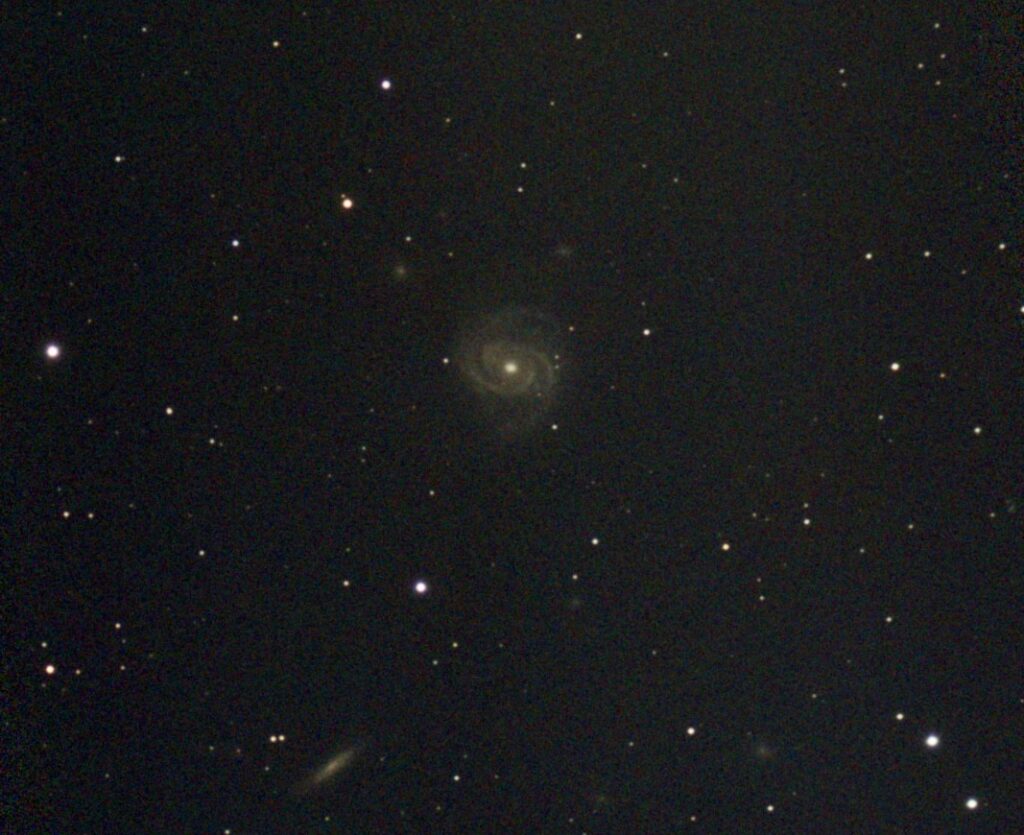
I started on this one before it was really good and dark. Even with twilight and the 91% waxing full Moon the details of this galaxy started filling after a couple of minutes. There are a few other faint fuzzies in the capture as well.
NGC 7160, the Swimming Alligator, an open cluster in the constellation Cepheus. This is a SeeStar live stack of 127 x 10 second exposures using the integrated IR/Cut filter.
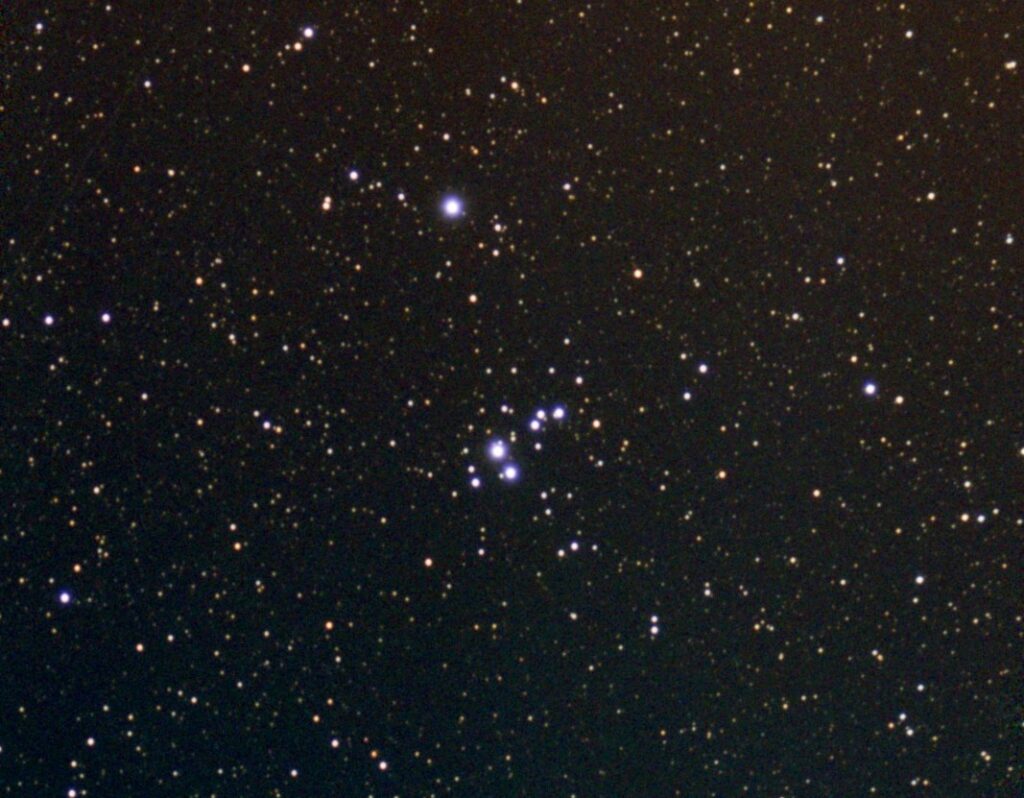
This cool little open cluster is on the Cloudynights.com EAA June 2024 Observing Challenge.
Messier 20 (M20), the Trifid Nebula, a reflection and dark nebula in the constellation Sagittarius. This is a SeeStar live stack of 90 x 10 second exposures using the integrated IR/Cut filter.
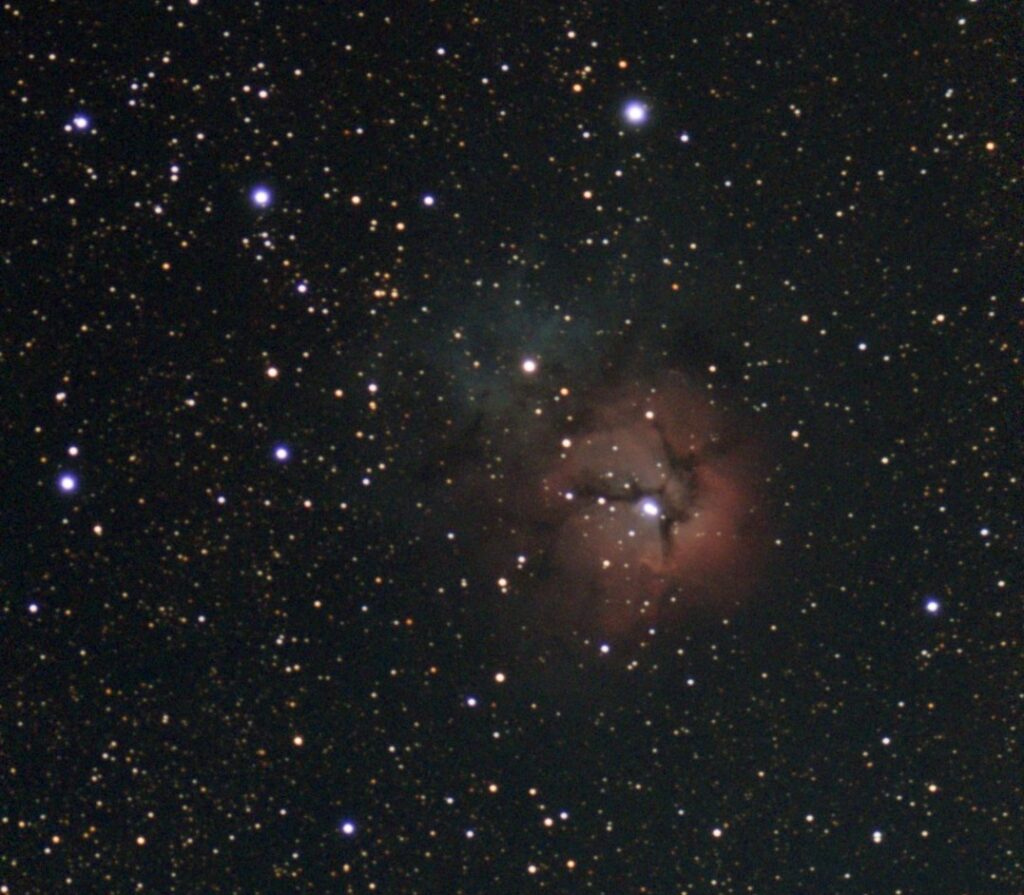
The SeeStar app recommended the duo-band filter for this one, but I did not like the colors so I switched it off. This is a summer favorite.
Messier 16 (M16), the Eagle Nebula, an open cluster of stars and nebula located in the constellation Serpens. This is a SeeStar live stack of 90 x 10 second exposures using the integrated duo-band or LP filter.
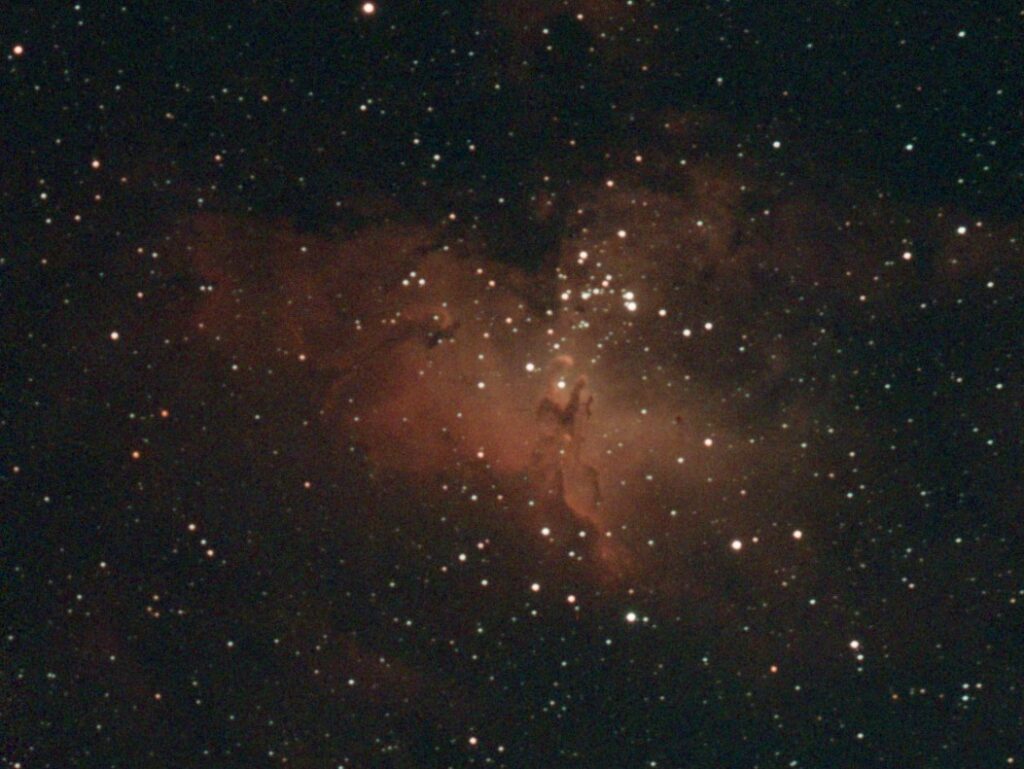
The Pillars of Creation really started to pop after just a few frames. Another Summer time favorite. I’ll probably mess with this one in Siril and see what it looks like with the Hubble Palette.
Messier 17 (M17), the Omega Nebula or the Swan Nebula, is an emission nebula in the constellation Sagittarius. This is a SeeStar live stack of 90 x 10 second exposures using the integrated duo-band or LP filter.
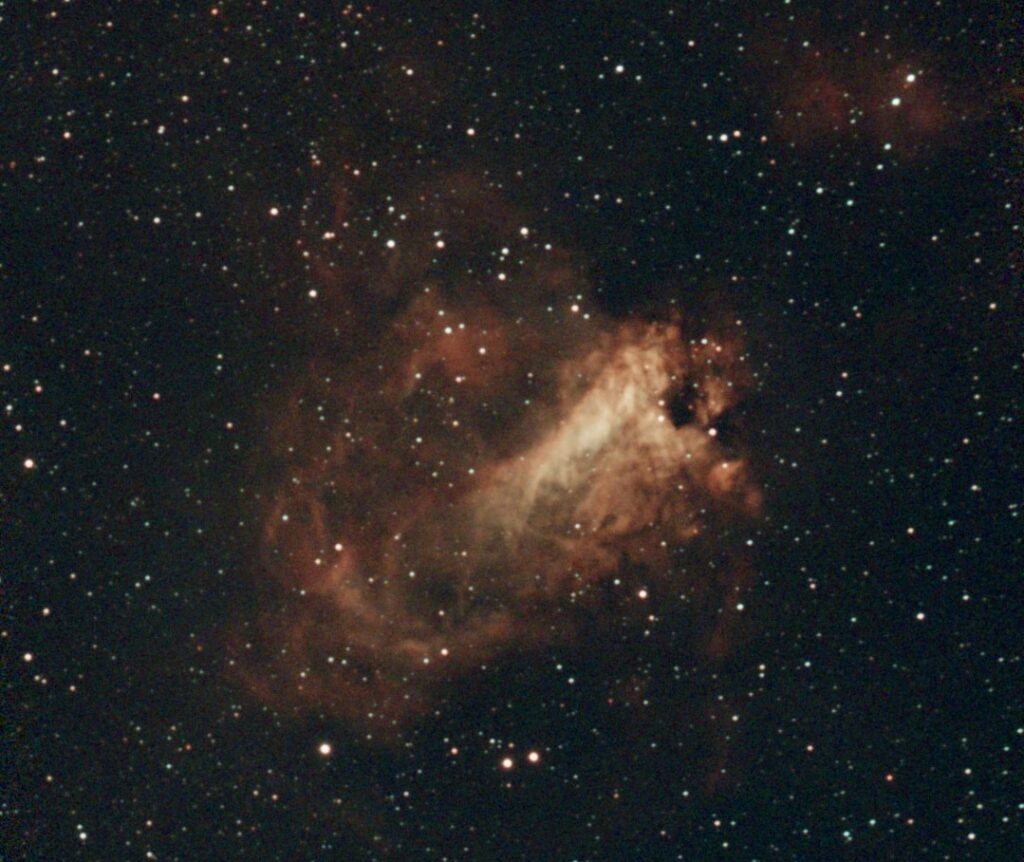
This bright nebula popped in the first couple frames. The details just continued to build. This is another one I will probably tinker with using the Siril HubbleMatic script.
I called it a night just after 1 AM. Overall a great night to look up. Enjoyed the EAA views on the SeeStar while the 102 was collecting data from M64. Now to go stack the data from the 102.


